Research and Development Engineer
Lance is from Tallahassee, FL and has graduated from FAMU-FSU College of engineering with a B.S. in Mechanical Engineering. Lance will commission into the United States Air Force as a second Lieutenant as a pilot and will be stationed at Laughlin AFB in Del Rio Texas.
Mechatronics Engineer
Brightion was born in West Virginia and raised in Ocala, FL, he got his AA from Santa Fe College in Gainesville, FL. He has a B.S. in mechanical engineering with a thermal fluids track. He is interested in working in the renewable energies field upon graduation. Some of his hobbies include mountain biking, fishing, and golfing.
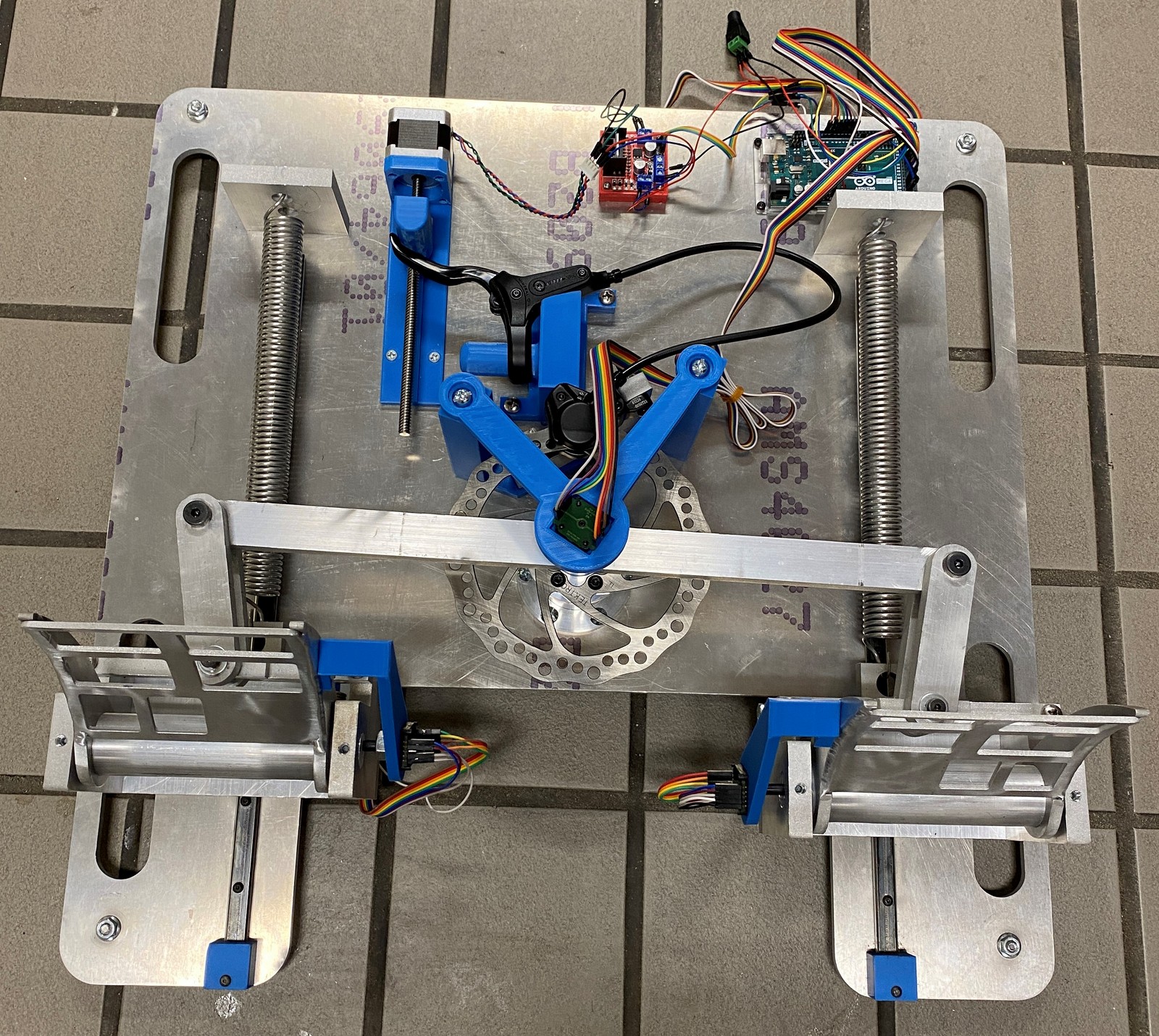


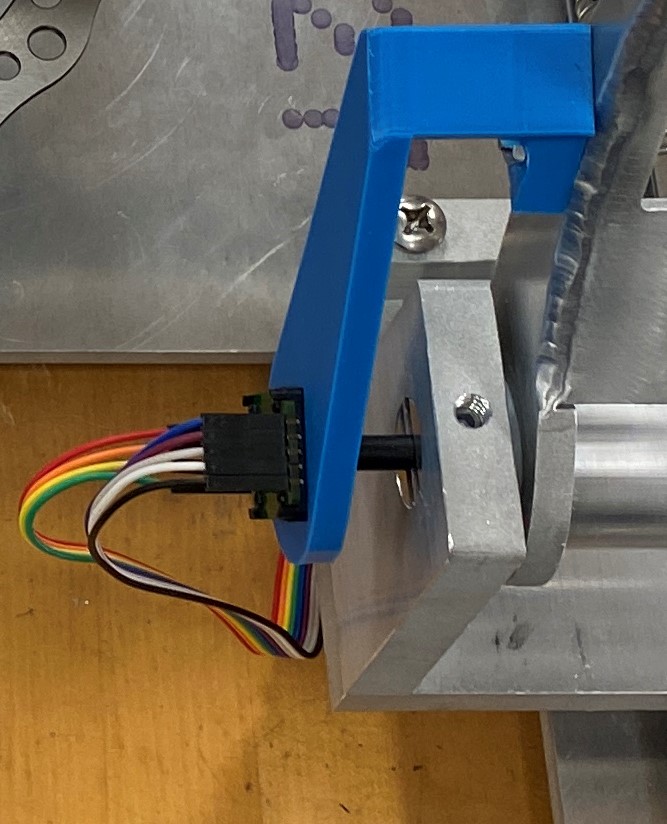
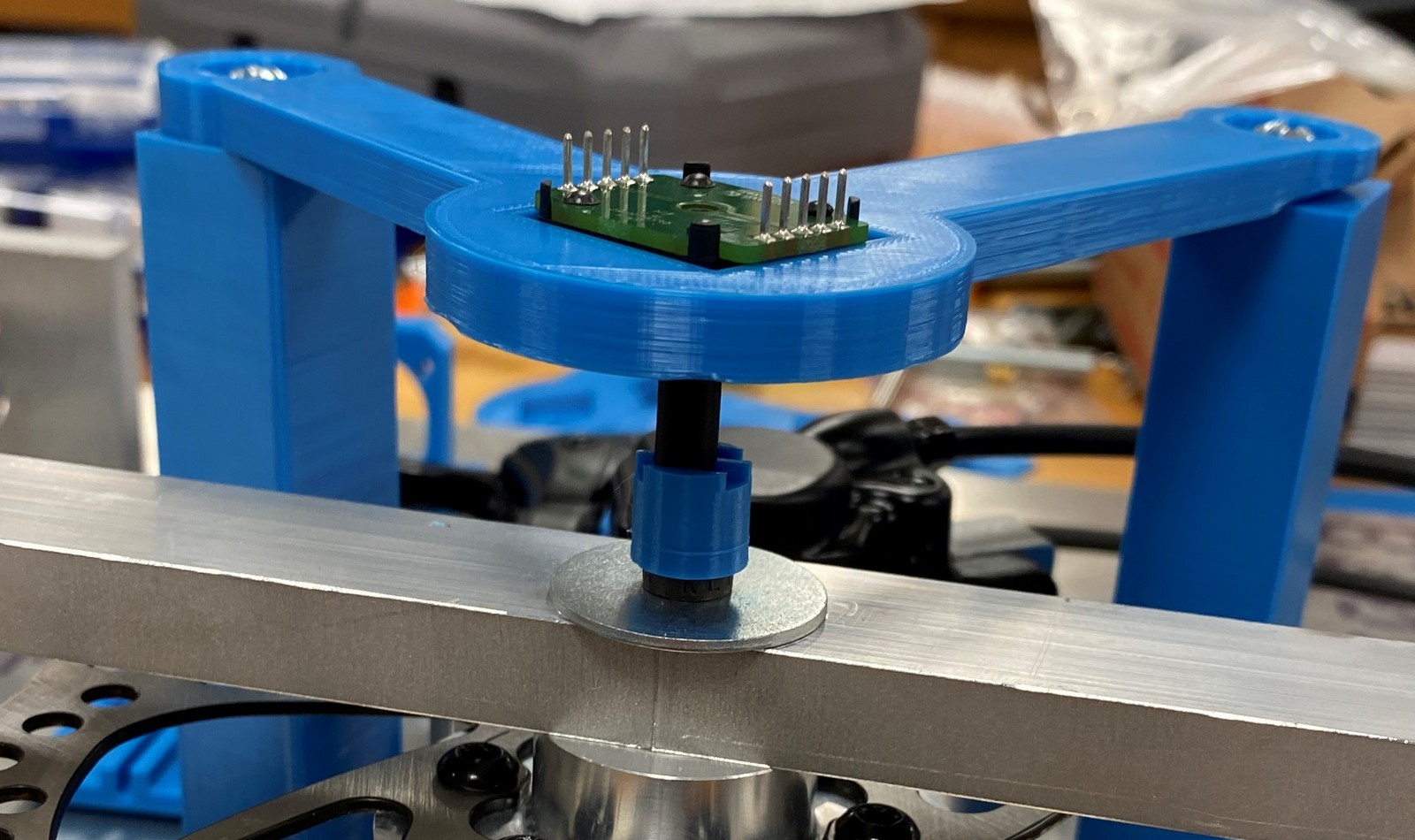
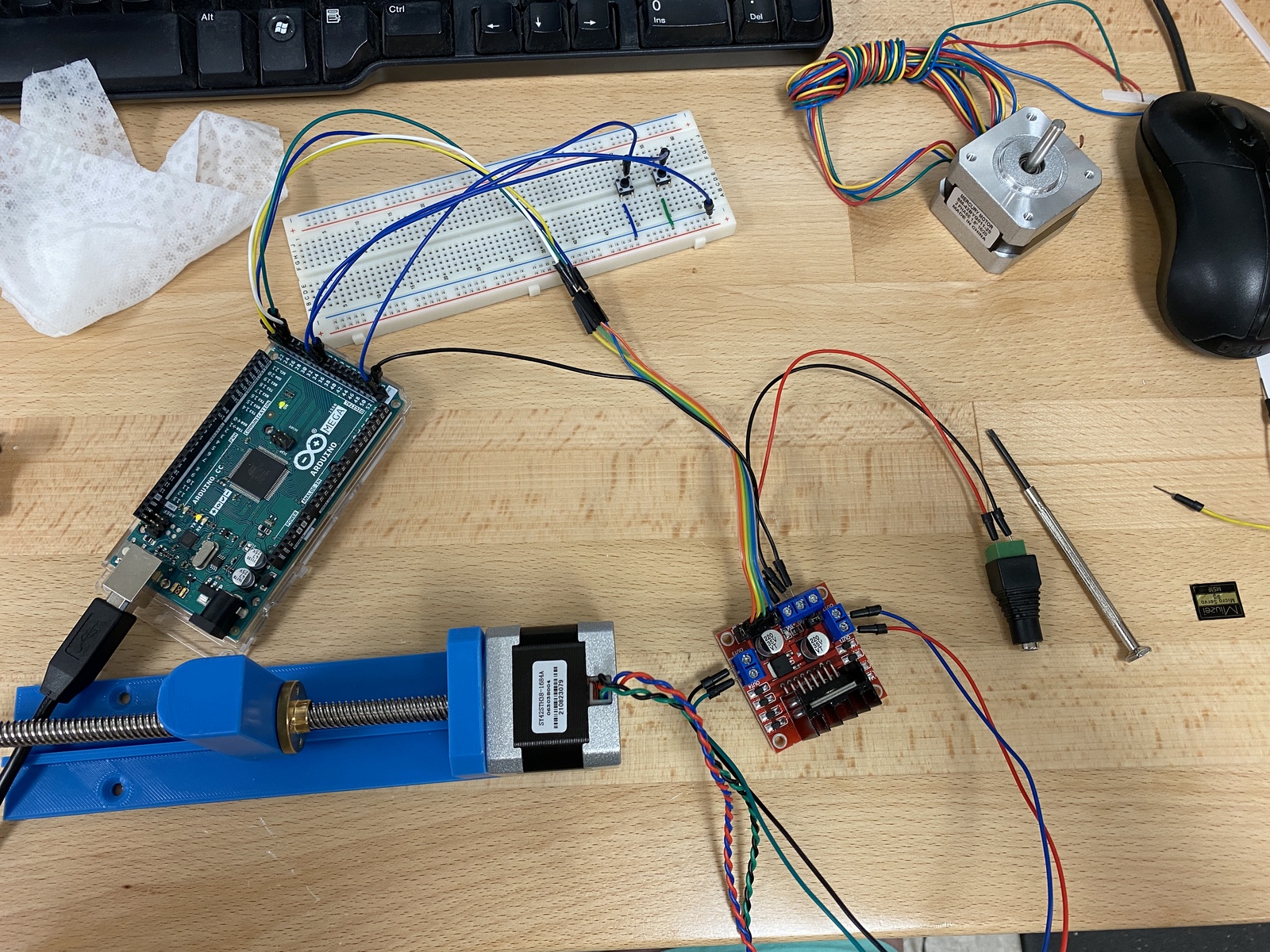
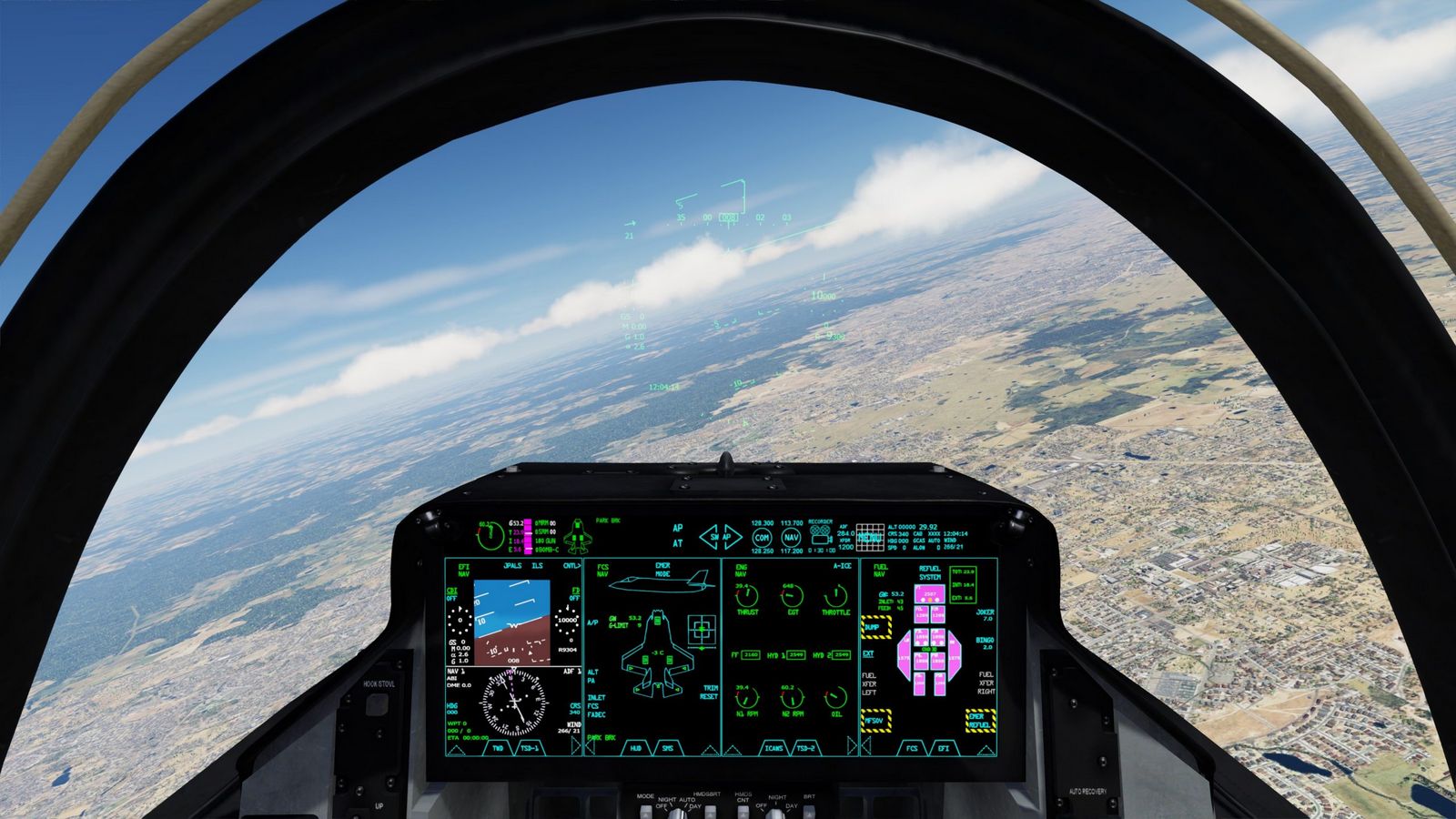


Project Scope
Customer Needs
Functional Decomposition
Target Catalog
Target Summary
Concept Generation
Concept Selection
Project Plan
Operations Manual
Engineering Design Day Poster
Evidence Manual
Validation
Design Review 1
Design Review 2
Design Review 3
Design Review 4
Design Review 5
Design Review 6
Engineering Design Day
created with
Website Builder Software .